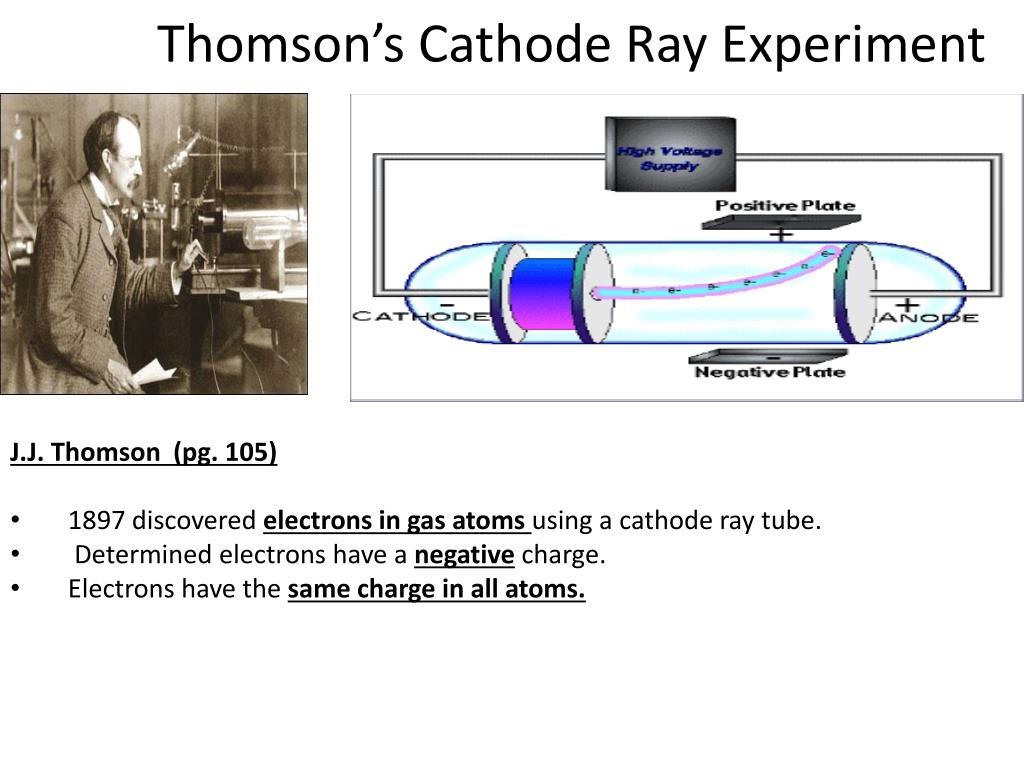

John Dalton used some relatively simple scientific equipment to study matter. Revolution, and fascinating papers were published about the structure of the atomĪtoms are the basic units of matter, and they can be used to understand the physicalĪnd chemical properties of the periodic table elements. Rate of scientific innovation accelerated during and after the first industrial Needed to test and develop widely circulated ideas about atoms and elements. Scientific ideas of fundamental matter wereīecoming popular and difficult to ignore during the start of the industrial revolution,Īnd scientists rushed to get their hands on the advanced scientific equipment they That an element is a simple substance that cannot be changed to a simpler form Seemingly complex matter is made up of nothing more than simple atoms. Matter is made up of elements much in the same way that the atomists proposed that all He stated that there is such a thing as a pure element. Idea during the 1660s that had some overlap with the ideas of the ancient GrecianĪtomists. Boyle was endorsing and circulating a revolutionary To make bold propositions about elements, and his contemporaries wanted to determine This was timely because scientists like Boyle were already starting Suddenly became relatively easy to acquire the sensitively calibrated scientificĪpparatus that is needed to probe the atomic scale and test the limits of human An abrupt change happened during the industrial revolution, and it Transitioned from simple craft production processes to more sophisticated forms of People lived, and it revolutionized the way society produced wealth and resources. The industrial revolution changed the way The industrial revolution started sometime during theġ840. Scientists could more easily attain highly sophisticated scientific equipment duringĪnd especially after the industrial revolution. This allĬhanged during the industrial revolution when bespoke and mass-manufactured scientificĮquipment could be obtained by different scientists all over the developed world. The atomic theory through experimentation with advanced scientific apparatus. More than the most basic forms of scientific equipment, and they were unable to develop Universe is composed of fundamental units of matter. Model, but it was significantly more challenging to provide irrefutable evidence the It was relatively simple to propose an atomic Scientific progress was also effectively stalled by a lack of readily available The four elements could be varied to transform one material into another.

Were supposed to be distinguished from each other by the content of their four elements.

He believed that all material was some combination of fourįundamental elements rather than a combination of indivisible atoms. That matter is made up of what are now known as the classical elements (water,Īir, earth, and fire). Revered and respected opponents of the atomic model, and he alternatively proposed There were other philosophers whoĬontested the ideas that were introduced by the atomists, and their criticismsĮffectively stalled scientific progress. Mere interactions between simple particles. Overwhelming complexity of the universe could be reduced down to nothing more than Than 2 400 years ago and the other Greek atomists expanded on the idea that the apparent Democritus proposed that the universe is composed of indivisible particles more The ancient Greek philosophers contemplated the concept of the atom thousands ofĪgo. Models of the atom and what drove the development of one model to the next.
#Thomson cathode ray experiment proved that how to#
In this explainer, we will learn how to describe the differences between historical


 0 kommentar(er)
0 kommentar(er)
